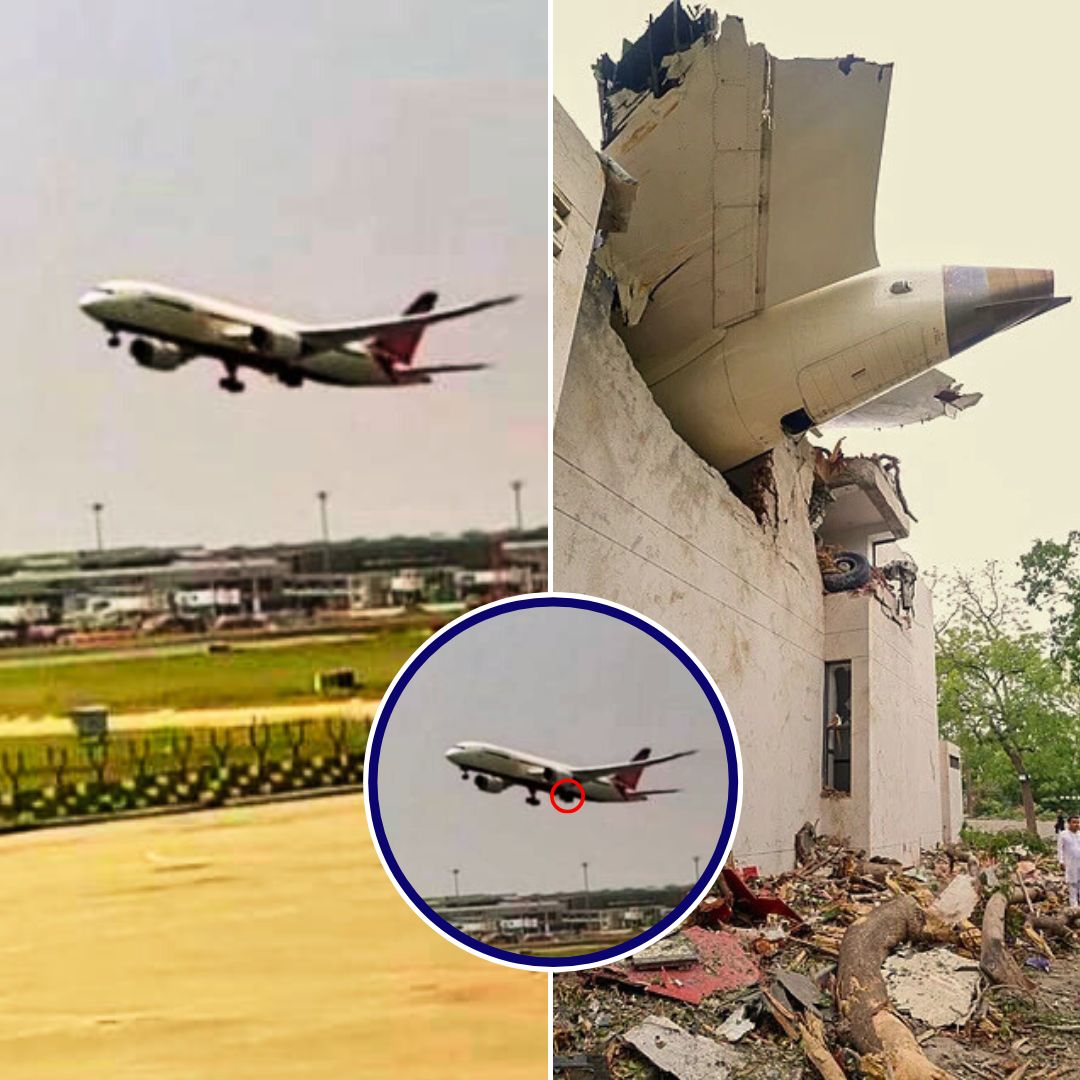The Aircraft Accident Investigation Bureau (AAIB) has released its initial findings on the Air India flight AI171 disaster, confirming that both engines of the Boeing 787-8 Dreamliner shut down seconds after take-off from Ahmedabad on 12 June 2025, resulting in a crash that killed 260 people, including almost all passengers, crew, and several on the ground.
The AAIB report highlights that the fuel control switches for both engines were moved from ‘RUN’ to ‘CUTOFF’ in rapid succession, though the cause of this action remains undetermined.
Air India has pledged full cooperation with authorities and support for victims’ families, while the investigation continues to seek answers.
Inside the Cockpit: Seconds of Confusion and Crisis
The AAIB’s report reconstructs a harrowing sequence of events in the cockpit. Flight AI171 departed Ahmedabad under clear skies, carrying 242 people, including 15 crew members. Just four seconds after take-off, cockpit voice recordings captured one pilot exclaiming, “Why did you cut off (the fuel)?” with the other responding, “I did not do it.”
Both engines lost thrust almost simultaneously, triggering the deployment of the Ram Air Turbine (RAT) as the aircraft lost electrical power. Despite a desperate “Mayday” call and attempts to restart the engines, the aircraft could not regain altitude and crashed into the BJ Medical College hostel complex, resulting in devastation both on board and at the crash site.
Emergency responders arrived swiftly, but the magnitude of the crash left little chance for survival. Air India, in its official communication, described the tragedy as “unprecedented” and reaffirmed its commitment to transparency and ongoing support for the bereaved.
Investigation: Technical, Human, and Regulatory Angles Explored
The AAIB has ruled out several initial theories, including bird strikes, sabotage, and fuel contamination, after thorough analysis of fuel samples and maintenance logs. Both engines one installed in March, the other in May were relatively new and had passed all safety and airworthiness checks.
Investigators are now focusing on the possibility of inadvertent or mechanical disengagement of the fuel control switches. A 2018 FAA advisory had warned of a potential risk with the fuel control switch lock, but Air India had not implemented the recommended changes since they were not mandatory.
The AAIB is also examining human factors, including cockpit ergonomics, crew training, and possible inadvertent actions. The black box data, drone mapping of the wreckage, and interviews with the sole survivor and eyewitnesses are all contributing to a comprehensive investigation.
Boeing and GE, the engine manufacturer, are providing technical assistance, but have deferred public comment pending further findings. The AAIB has not issued any immediate safety directives for the Boeing 787 fleet, but global aviation authorities are closely monitoring the situation.
Community, Accountability, and the Road Ahead
The aftermath of the AI171 tragedy has sparked nationwide grief and calls for accountability. Families of victims have demanded a transparent investigation and long-term support.
Aviation experts are urging regulators to re-examine safety advisories, cockpit design, and crew training protocols. The Ministry of Civil Aviation has promised to implement all recommendations from the final AAIB report, expected within a year.
Meanwhile, Air India has set up dedicated helplines and counselling services for affected families and has suspended the crew pending the outcome of the investigation. The incident has also reignited debate over the effectiveness of non-mandatory safety advisories and the need for stricter compliance in the aviation sector.
The Logical Indian’s Perspective
The crash of Air India AI171 is a heart-breaking reminder of the immense responsibility borne by the aviation industry. The Logical Indian stands with the victims’ families and all those affected, advocating for a culture of empathy, transparency, and rigorous safety standards.
As investigations continue, it is crucial for all stakeholders regulators, airlines, manufacturers, and crew to work collaboratively, prioritising lives over profits and bureaucracy. We call for open dialogue, stronger regulatory oversight, and continuous improvement in safety culture. How can India’s aviation community come together to rebuild public trust and ensure that such tragedies are never repeated?











